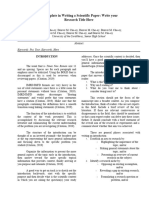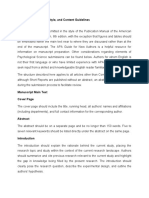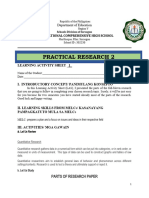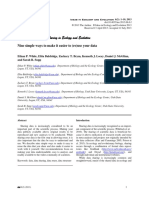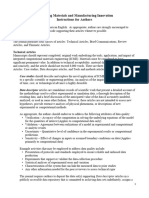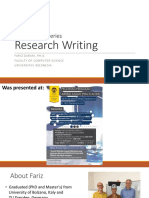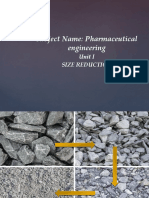0% found this document useful (0 votes)
10 views5 pagesQuick Guide Data in Brief Translated
Data in brief
Uploaded by
miguel_cobosCopyright
© © All Rights Reserved
We take content rights seriously. If you suspect this is your content, claim it here.
Available Formats
Download as PDF, TXT or read online on Scribd
0% found this document useful (0 votes)
10 views5 pagesQuick Guide Data in Brief Translated
Data in brief
Uploaded by
miguel_cobosCopyright
© © All Rights Reserved
We take content rights seriously. If you suspect this is your content, claim it here.
Available Formats
Download as PDF, TXT or read online on Scribd
/ 5


















